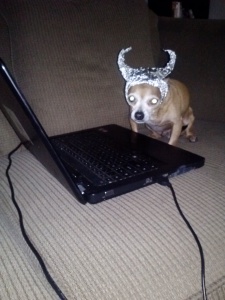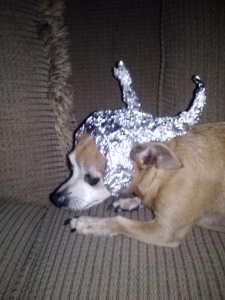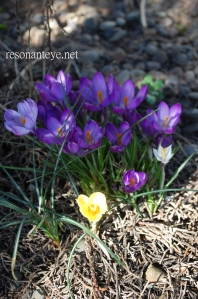(originally published Published on: Sep 5, 2013)
I always struggle with the question of whether to make downloads of my work available, or prints. In one way, I hate doing it, because I like the idea of something I made with my own hands going to your hands, as it is, with no other stuff there. Then I realize some things.
- If I was a musician, I’d sell records, not just perform live.
- I can only make so many original things, in so much time.
- I’d like to be able to earn enough from my art to make it worth the time and energy (see footnote)
- I have to eat.
- Many people want to be able to enjoy my work but couldn’t afford the cost of an original.
- I can’t manage shipping and storefronts online and promotion for all of that, and STILL HAVE TIME FOR MAKING THINGS.
I will take these point-by-point.
 If I was a musician, I’d sell records. I’d want more people to enjoy my work than I could perform for in person. I’d want people to be able to take me anywhere with them. If I was a writer, I’d print books of my work. I wouldn’t expect people to only access my work through attending readings, or by buying the hand-written manuscript. I’d want my work to be accessible, something people could enjoy. I also would maybe still sell the manuscript, or some signed first editions…but the books would be published, out there, even on a kindle.
If I was a musician, I’d sell records. I’d want more people to enjoy my work than I could perform for in person. I’d want people to be able to take me anywhere with them. If I was a writer, I’d print books of my work. I wouldn’t expect people to only access my work through attending readings, or by buying the hand-written manuscript. I’d want my work to be accessible, something people could enjoy. I also would maybe still sell the manuscript, or some signed first editions…but the books would be published, out there, even on a kindle.
I have two hands. If I work the equivalent of fulltime hours, I can make maybe four things, of substandard quality, in a week. I can make maybe one or two things of good quality in a week. I can make one great thing a month. Now…how much is minimum wage? Should I set all the art aside and get a job at McDonald’s? Because if I can only sell a piece of art one time, mcdonald’s will pay better, and maybe I should set this art stuff aside permanently and get a real job…I can only make so much stuff with my own two hands. But if I sell prints and let people download the works, I can post it – set it and forget it. I can sell those while I am busy making other new things, and can continue to make money from a piece for years sometimes, long after the original is sold or destroyed.
I love making art. I spend all my time making things. I do have to eat. So therefore I have to charge money and sell my work- my choice is, work a job which takes all my time, and rarely make anything, or sell my work at a reasonable price and live off that money. I love making art. The process of actually making things, well, I will do that no matter what. I’ve had my Kafka years, working fulltime then coming home and putting in another eight hours painting. But my work wasn’t as good. And I had no time to show it to anyone. I need the time to show my work- to scan it, photograph it, share it, post it. If I don’t make any money from a piece, I’ll still MAKE the piece- but I will not spend the time posting it and discussing it and sharing it with you, or with anyone. If I was lucky enough to have inherited wealth maybe I’d have that kind of luxury, but I don’t. I wish I did, really.
 And yeah- YOU GUYS are broke too! I mean everyone is hurting. Being poor shouldn’t mean you can’t enjoy or own art! I want to make things accessible to everyone as much as possible. So- digital downloads. Most people have a printer- or access to a library with a printer in it- and can pay me a few dollars for a file, take it there, pay a buck or two to print it, and hang it up. Prints are next in line- the quality will be better, professional grade, the print will last longer, years even. Limited run? Why? It seems like a waste of time, of energy. I put my initials and a number on them and they’re magically worth more somehow? No. I do handpainted prints though- the next higher price things- and those are fun. I can take an hour and embellish a painting I already did- make new details on it, play around. The buyer gets something unique, like an original, and I get to play…
And yeah- YOU GUYS are broke too! I mean everyone is hurting. Being poor shouldn’t mean you can’t enjoy or own art! I want to make things accessible to everyone as much as possible. So- digital downloads. Most people have a printer- or access to a library with a printer in it- and can pay me a few dollars for a file, take it there, pay a buck or two to print it, and hang it up. Prints are next in line- the quality will be better, professional grade, the print will last longer, years even. Limited run? Why? It seems like a waste of time, of energy. I put my initials and a number on them and they’re magically worth more somehow? No. I do handpainted prints though- the next higher price things- and those are fun. I can take an hour and embellish a painting I already did- make new details on it, play around. The buyer gets something unique, like an original, and I get to play…
I spend maybe an hour or two a day online writing copy for my work, explaining it, discussing it, sharing technical stuff, writing, posting, and keeping track of what has sold. I spend another hour or so every day taking photos, scanning, fixing the damn scanner. And another hour every other day packaging stuff to mail out, trying to keep track of what goes where. I am not good at any of these things. They are REAL WORK, hard work I don’t enjoy very much. I’d rather be actually making things. So this work- I need to streamline it, make it as handsfree as possible. Selling originals is difficult. I have to post it everywhere, and hope the right person sees it, and then once it’s sold, do it again, the entire process, from documenting the work to explaining it to answering questions and pricing it and packing it and shipping it. All that work has to be done completely from scratch, every time I sell an original.
A print? I scan it, touch it up, post it, and it’s done. I can leave it there, just like that, for years. People can buy it a year later, without any additional work from me. It’s what they call a secondary income stream, and as an artist working alone I NEED that to happen as much as possible. It frees up my hands for making more better things. The digital downloads are the same- even easier, in fact. There’s no parameters to set, no material-checking, no worrying about quality control. It’s set and forget.
 So, in order to be able to make more and better art, and in order to live, I sell originals, downloads, AND prints of most things. I charge people a tiny bit extra if they buy an original and only want me to do a limited run of prints. I charge A LOT extra if someone buys something and wants me to make no prints at all…for example, A painting I make- the original is a hundred bucks. I will probably (if it’s a good painting) make another two hundred off of prints and downloads of it over the course of a year. For me to sell ONLY THE ORIGINAL and still pay my rent, I have to charge three hundred for that original, now.
So, in order to be able to make more and better art, and in order to live, I sell originals, downloads, AND prints of most things. I charge people a tiny bit extra if they buy an original and only want me to do a limited run of prints. I charge A LOT extra if someone buys something and wants me to make no prints at all…for example, A painting I make- the original is a hundred bucks. I will probably (if it’s a good painting) make another two hundred off of prints and downloads of it over the course of a year. For me to sell ONLY THE ORIGINAL and still pay my rent, I have to charge three hundred for that original, now.
Should I do that? Sometimes I want to. Because I love the idea of something I made with my own hands, being in YOUR hands, with nothing in between us. Also because I like originals myself. But I can’t manage to, or figure out how to, promote myself well enough to always sell my originals, let alone for three times what I have them priced at now. So unless a magical fairy of promotion comes and makes me famous or rich, without charging me anything or requiring more of my time to work it…I will keep selling prints and downloads, of nearly everything I make.
I love you guys. Those of you with two bucks, and those of you with a million. You’re all people I like, and I want you all to be able to touch and enjoy my work.
 I don’t really think I need to re-state my position on gun control laws, since it’s obvious that I am a gun owner, and that I think owning weapon is a right, not a privilege.
I don’t really think I need to re-state my position on gun control laws, since it’s obvious that I am a gun owner, and that I think owning weapon is a right, not a privilege.
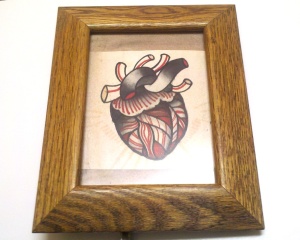



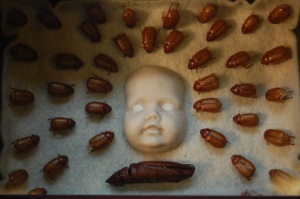




 I miss watching
I miss watching 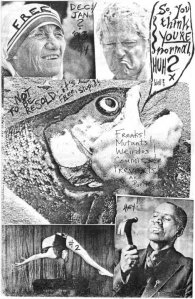
 I know a lot of folks from other nations who have a poor perception of Americans. They usually refer to wars, police actions, attacks, and poor choice of presidents as their reason for believing something terrible about us. They are missing the key to changing all those terrible things we do-
I know a lot of folks from other nations who have a poor perception of Americans. They usually refer to wars, police actions, attacks, and poor choice of presidents as their reason for believing something terrible about us. They are missing the key to changing all those terrible things we do-